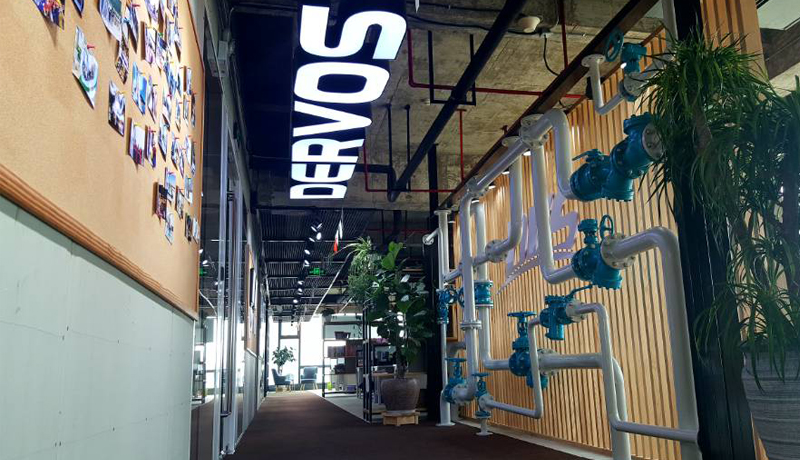Payment:
30% T/T When Order, 70% T/T Before ShipmentProduct Origin:
ChinaColor:
CustomizationShipping Port:
Shanghai ChinaLead Time:
35~60 days Ex Works After Order ConfirmationMaterial:
Cast Iron Gate Valve, Grey Iron Gate ValveMethod of Operation:
Handwheel Operated Gate ValveThe DN80 PN16 cast iron gate valve has face to face dimension as per DIN3202 F4 or DIN3202 F5. This GG25 gate valve is designed with resilient seat, non rising stem, bb, RF flange, suitable for water treatment application.
Quick Detail
|
Type |
Gate Valve |
|
Nominal Diameter |
DN 80 |
|
Nominal Pressure |
PN 16 |
|
ConstructionType |
Non-rising stem, Bolted Bonnet, Resilient Seat |
|
ConnectionType |
Flanged |
|
OperationType |
Handwheel Operation |
|
Body Material |
Cast Iron GG25 |
|
TrimMaterial |
Cast Iron Wedge, SS420 Stem, EPDM Seat |
|
Design Code |
DIN 3352 |
|
End to End Code |
DIN 3202 |
|
Flange Dimesion |
DIN 2501 |
|
Medium |
Water |
|
Origin |
China |
Design Feature
1.Resilient seat for good sealing performance
2.Low flow resistance and small pressure drop
3.Non-rising stem for installation space is limited
4.No limitation for flow direction of medium
5.Epoxy painting available for internal and external part of the valve for anti corrosive function
Company Brief Introduction
Specializing in valve industry over 10 years, Dervos becomes the leading vendor of gate, globe, check, ball, butterfly, plug valves and strainers. We serve oil and gas user such as LUKOIL, MOL, YPF with local partners.
Dervos show its advantages in:
1. Our partnerships with tens of stable suppliers allow us to provide customers with a wide range of high-quality products at a competitive price.
2. Each order is under strict quality control with inspection reports before delivery.
3. We value delivery time as much as our customers do. With the powerful purchasing system, we follow each order closely to secure on-time delivery.
4. One-stop solutions will be offered in a timely manner

If you are interested in our products and want to know more details,please leave a message here,we will reply you as soon as we can.